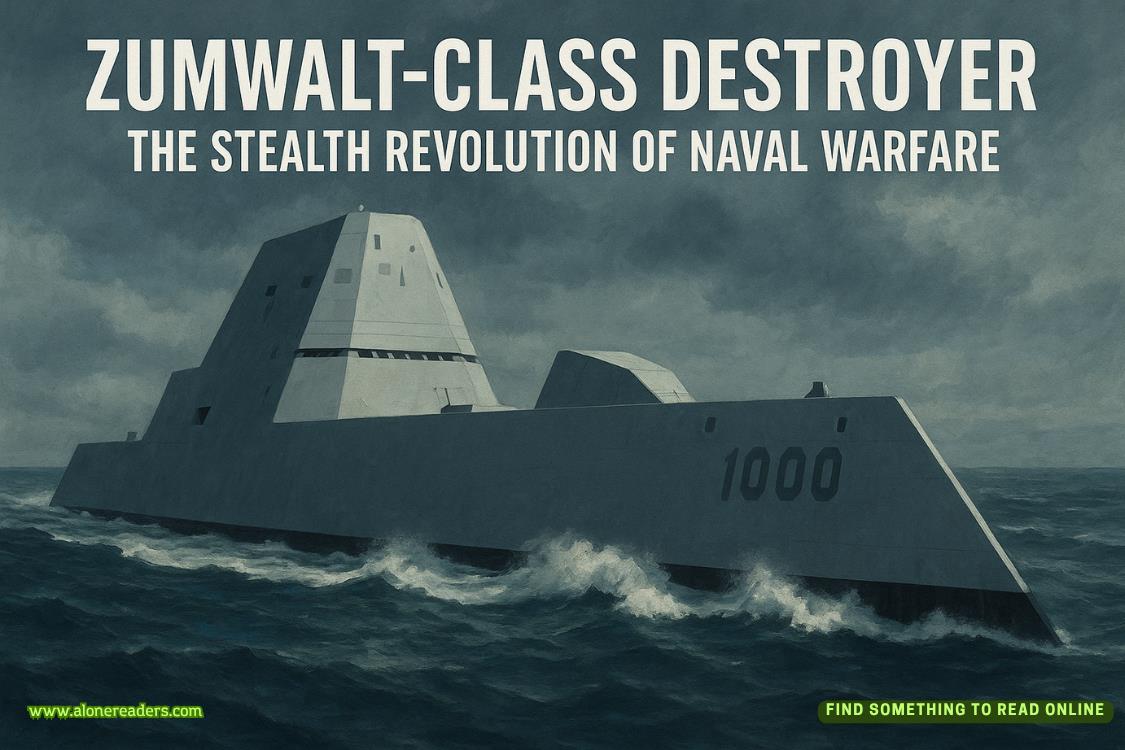Page 9 of The Grumpy Doc's Surprise Delivery
I take my place in the conference room, just two minutes before we’re due to pick back up again. Emma slides into the room and slumps down beside me a few moments later. So we’re even now, I guess, for who showed up first.
“Good lunch?” I ask. She just grunts. I’ve hardly ever met anyone so unwilling to engage in conversation as she is.
Even if she’s angry with me, it still feels like she should at least make some effort to engage. I’m trying my best here, and she keeps sabotaging my efforts.
It doesn’t help that she’s gorgeous, either. It’s like she has no idea how stunning she is. Maybe she doesn’t know. Maybe noone’s ever told her, but they should have. Maybe that’s what is making her so grumpy. She doesn’t have anyone to be nice to her.
I would redouble my efforts, change tack and try my best to be sickeningly friendly, but we started on this course of action now. I can’t be the one to give it up first.
Bruno comes around to us, grinning. “Hello, you two,” he says, and I feel Emma stiffen beside me. “This morning, the banter was great, but please remember, we are trying to work together here. In fact, working together is going to be more important than ever this afternoon.”
“What do you mean?” Emma asks, her brow furrowing.
“I have here this envelope,” he says, holding it up with a flourish.
“What is this?” I ask, not in the mood for more of these silly games.
“Well, this morning went so well,” Bruno says, and I do my best to hide my disbelief, “that we’re going to be doing some more team building this afternoon.”
“Oh, goody,” I say. “That’s just going to be so much fun.”
Bruno hands us the envelope and then makes a quick exit.
I open the envelope and don’t hold back my groan when I read what’s written on the paper:Conflict resolution.
As I say the words, Emma’s face falls too.
“The task,” I say, reading off the page. “Together, you will discuss ways you might deal with the conflict you’re given and come up with a presentation for how you would deal with the situation. Remember, you’ll be ranked on creativity, efficiencyof the solution, and how well you work together as a team. Remember too, that the rankings are only for fun. The most important thing is developing your skills as a communicator and medical practitioner.”
I flip the sheet around to point to the sentence at the end. There’s a smiley face, just in case we weren’t feeling patronized enough.
“What’s better than a smiley face?” Emma says, not smiling.
I suck a breath in through my teeth and continue. “Your scenario. You just received X-rays for a patient who has come in because of a broken arm. The break looks normal enough. However, you notice something else in the X-ray imaging that doesn’t seem to make any sense. Upon further examination, you find it’s a tumor. Come up with two conflicting ways to deal with the problem and tell the patient, then find a compromise between the two methods to present.” I fold the paper.
“Easy stuff,” I say before Emma can get a word in. “You don’t tell the patient right away.”
“Of course you tell the patient right away.” She glowers at me and then explains her reasoning. “You present the facts just as they are. You show them the imaging and tell them that you would be happy to run some more tests to try and confirm what it is that you’re seeing.”
“No,” I scoff. “That’s the worst way to do it. What you don’t want is to tell the patient and start getting them worried about the tumor. We don’t even know if that’s what it is.”
Emma folds her arms. “Don’t you think it’s better for the patient to be presented with all the facts? And to get their permission before running any further tests.”
“You’ve got all the stuff there, though,” I say. “You’ve had imaging done. Presumably, there’s blood work to look at if they’re in for an X-ray. It’s not like you just looked at them and you don’t have any resources.”
“Yeah,” she pushes. “But wouldn’t you want to know if doctors were doing something else with your body?”
“You make it sound so dramatic,” I say, then double down at the look she gives me. “I would want them to present something with certainty, not worry me about something that might not even be true.”
Emma purses her lips. I can tell it’s taking all her strength to not start yelling at me about why I’m wrong. She’s not going to change my mind, though.
“Okay,” I say. “So we disagree. There’s the conflict. That’s step one. Why don’t we just focus on making a compromise instead of arguing about this?”
She huffs. “Fine.”
I bite back the part of me that wants to say,But I’m still right.Instead, what I say is, “So, let’s break this down.”
We spend the next half hour laboriously writing down each of our plans and realizing that there’s very little middle ground between someone who wants to tell the patient everything and someone who doesn’t want to tell the patient anything.















